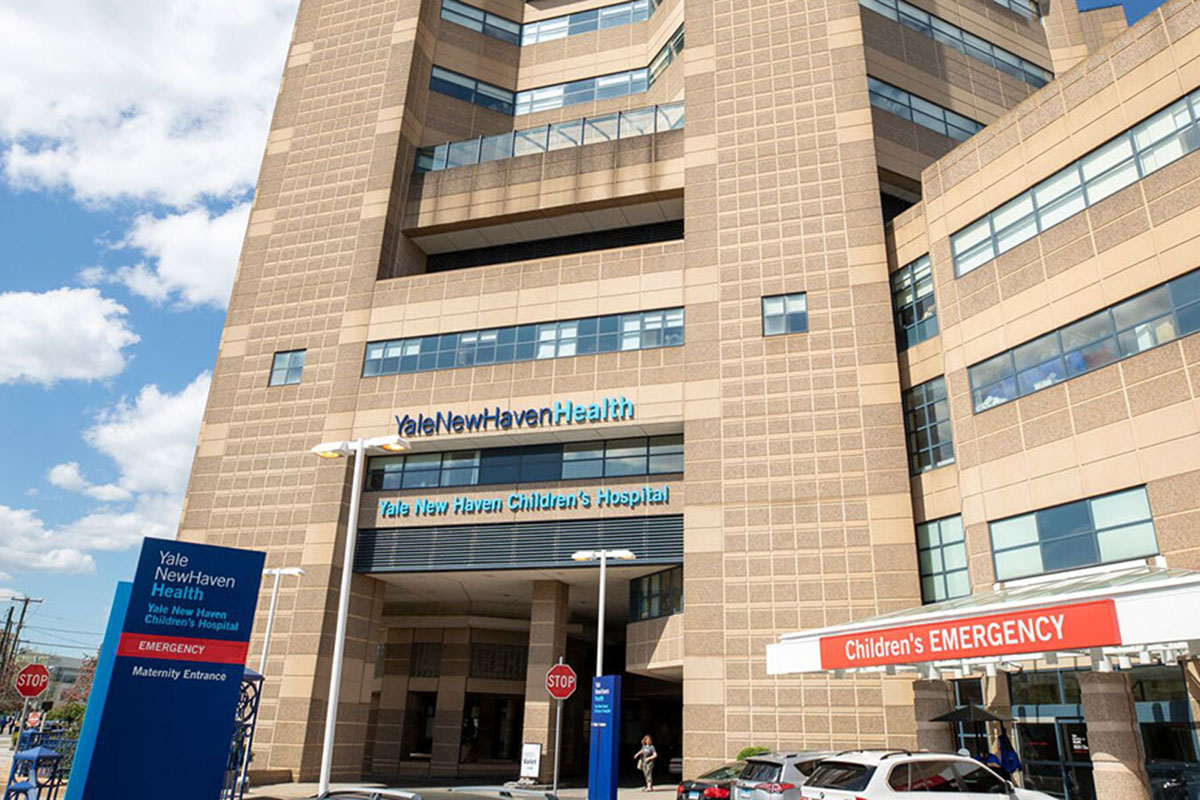
Popular Locations
- Yale New Haven Children's Hospital
- Yale New Haven Hospital - York Street Campus
- Yale New Haven Hospital - Saint Raphael Campus

Published December 01, 2022

Patients who need care right away have a number of different options other than the emergency room. If at any time you or a loved one is experiencing a life-threatening problem, call 911. However, a walk-in or urgent care location can treat many other conditions at a lower cost.
Learn more about when to go to an emergency room, walk-in or urgent care center.
Two conditions that need immediate attention at an emergency department are heart attack and stroke. The most common symptoms of heart attack includes discomfort in the chest, shortness of breath and cold sweats. Patients at a higher risk for heart attack include those with existing heart disease, those with kidney disease, who are diabetic, have high blood pressure and or cholesterol, and smokers.
“If somebody’s feeling that they’re having a heart attack, we recommend you call 911, come to the emergency department, and let us check you out,” said Basmah Safdar, MD, director of the Yale New Haven Hospital Chest Pain Center. “If you’re having symptoms that have been ongoing for a while, or you’re having it with fever and cough and you don’t think it’s a heart attack, at least call your doctor to understand what’s happening and to make sure that it’s something that’s not dangerous or worrisome.”
Stroke is the sudden loss of neurological function caused by a disruption to the blood supply to the brain or spinal cord. A blockage or a blood vessel to the brain causes most strokes. Common symptoms include a sudden onset of a severe headache, weakness on one side of the body such as facial droop, difficulty speaking, vision loss and incoordination of the body. Even minor symptoms need attention right away.
“Stroke is a neurological emergency and there are time sensitive treatments for strokes so it’s of upmost importance that when someone has symptoms of a stroke, that they call 911 and get to the emergency room immediately,” said Joseph Schindler, MD, clinical director of the Yale New Haven Health Stroke Center.
Other conditions requiring care from the emergency department include:
Find an Emergency Room near you.
An urgent care or walk-in clinic is a less expensive option for patients who do not need emergency care. No appointment is needed at a walk-in and many locations offer diagnostic services including X-rays, Electrocardiograms (EKGs), blood draw and lab services. Video visits are another secure and convenient option for everyday illnesses and injuries, with same-and next-day appointments available.
Some conditions treated at urgent care, walk-ins or through a video visit include:
Find a walk-in/urgent care location near you.
Make a Video Care OnDemand appointment.
Learn more about all of the care options available.